I’ve met so many people who have suffered from anxiety at some point in their life, and what’s interesting is how it can affect everyone regardless of age, gender or occupation. While it can be situational or a one-off, it can also become chronic, depending on the amount of stress you are continually exposed to..
In my own case, I have suffered from trigger specific anxiety related to growing up with an alcoholic parent, surviving a house fire, attending a dozen different schools, and also from low-level, but nonetheless chronic, work stress.
In order to tackle anxiety effectively, we need to get a handle on what it actually is and our body’s physiological response to it.
Remember the tiger
Humans didn’t evolve living in our modern urban environment of high rise flats, working 8-6 and binge watching Netflix thrillers. Our physiology evolved originally to perceive environmental threats – such as a pack of hungry wolves – which would require us to run like crazy to safety.
The body’s Autonomic Nervous System (ANS) is in charge of regulating our response to both danger and safety. When we sense danger, our ANS triggers our Sympathetic Nervous System (SNS) which releases epinephrine or adrenaline. This causes our heart rate to quicken and sends energy in the form of glucose to our muscles so we can sprint from danger, fight off the wolves or play dead. This is the quintessential ‘Fight, Flight or Freeze’ mode.
Once we have outrun danger and the coast is clear, our ANS tells the SNS to stand down and activates our Parasympathetic Nervous System (PNS), which releases acetylcholine to slow our heart rate and allow us to ‘Rest, Digest, Breed & Feed’ [1]
Balance is key
Ensuring we spend more time in ‘Rest & Digest’ mode is key to staying healthy because it allows us to get good sleep at night, digest our food properly and absorb nutrients, as well as repair injuries. Unfortunately, the advent of digital devices and 24/7 connectivity to work has meant many of us don’t ever shut down. Even when our devices aren’t in front of us, our brains may be thinking about or replaying problems at work or home. This mental looping or rat running keeps our SNS in overdrive, releasing the stress hormone cortisol at night, and keeping us awake as a result.
Activating ‘Rest & Digest’ mode
The most effective treatments I have come across are:
Engaging the vagus
Among the most effective treatments are those that engage the Vagus Nerve, a [2]
AlphaStim - an FDA-cleared electroceutical device with over 100 peer-reviewed, published studies demonstrating efficacy within the military and civilian populations. The University of Nottingham Biomedical Research Centre in collaboration with the NHS Nottinghamshire Trust released a study in April 2019 showing that the AlphaStim reversed anxiety in 44% of patients and created clinically significant benefits in 63% [3].
Ketones – HVMN is an exogenous ketone that immediately crosses the Blood Brain Barrier to give you instant clarity when you need it even if you have just had a carb-heavy meal. Dr Rhonda Patrick endorses it and uses it before speaking engagements to keep her on topic and reduce anxiety [4]. HVMN has the exclusive license on Oxford University Professor Kieran Clarke’s exogenous ketone patent [5] and there are only two of these in the world (the other is held by Prof Dominic D’Agostino of the University of South Florida who conducts research for NASA, the US Navy and the US Dept of Defense [6]).
I personally trialed this a few months ago when I spoke before a large group of women at the Women of the Square Mile conference in London and must say that it definitely helps calm and focus the mind before speaking in public.
Box Breathing – a technique used by the US Navy Seals and Rangers to activate the parasympathetic nervous system in a battle situation [7]. This consists of
5 breaths in through the nose
Holding those breaths for 5 seconds
Exhaling for 5 seconds through the mouth
Then holding the ‘emptiness’ deep in the belly for 5 seconds
If you find you can’t hold your breath for this long, drop back to 4 seconds on each sides of the ‘box’; if 5 seconds is too short, up the number to 6 seconds per side.
If you find box breathing doesn’t work for you, you can try what I call ‘rectangle’ breathing which is
Breathing in through the nose for 5 seconds
Holding for 10 seconds
Exhaling through the mouth for 5 seconds
Holding the emptiness in the belly for 10 seconds
Humming
Yes, now you know why we are always told to say ‘Om’ in yoga class! The vagus nerve is attached to the vocal cords, so when we hum, sing or even talk, we are activating the vagus. [8]
Cold Therapy
Many in the anti-aging, health optimization set know that exposure to cold can induce something called cold thermogenesis, which can help burn fat faster, improve sleep and reduce inflammation, but it also stimulates the vagus nerve. The Scandinavians have long sworn by spending time in the sauna followed by a dip in a cold plunge pool, but if that sounds too full on, you can always just try splashing cold water on your face to trigger a similar, albeit smaller, response. [9]
Over the next few blogposts, I’ll be writing about several other ways to activate the vagus nerve, including reviews of the NuCalm, Sensate and BrainTap devices, all of which I own and use on a regular basis. As ever, if you have any questions or requests on what you’d like me to review or write about in future, please leave me a message in the comments below!
[1] https://health.ucdavis.edu/sportsmedicine/resources/heart_rate_description.html
[2] https://www.ncbi.nlm.nih.gov/pubmed/30098653
[3] https://www.youtube.com/watch?v=OuOAg7Ji1t4
[4] https://hvmn.com/blog/ketosis/ketone-ester-ketosis-and-anxiety
[5] https://www.dpag.ox.ac.uk/team/kieran-clarke
[6] http://www.dominicdagostino.com/
[7] https://time.com/4316151/breathing-technique-navy-seal-calm-focused/
[9] https://medium.com/the-partnered-pen/icing-the-vagus-nerve-for-anxiety-fc2f2e70952f

